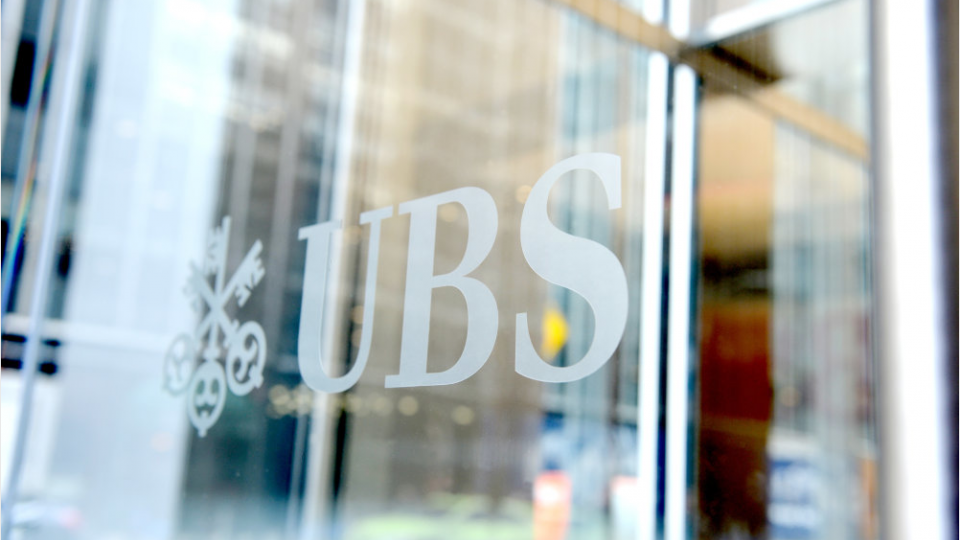
Hayden Briscoe, Head of Fixed Income, Asia Pacific at UBS AM, reports on what's happening on the ground in Hong Kong and what that might mean for the world economy and markets in the coming months.
Hong Kong is back in lockdown and I'm thinking about where we go from here both locally and globally. Back in late May, the Hong Kong government rolled back lockdown measures after weeks of no local cases - bars filled up and so did the beaches.But COVID-19 returned at the start of July and lockdown measures came back on July 14.
And it’s a similar story elsewhere. California - estimated as the world's fifth largest economy - has enforced new restrictions, and so has the state of Victoria in Australia after a spike in new COVID-19 cases.This suggests a pattern: initial outbreak, then lockdown, followed by easing, then new outbreaks, then further lockdown measures.
The key here is whether the new lockdown measures in HK are having a different behavioral impact on how people act and feel. In Hong Kong at least, the signs aren't good. The dread at the return of COVID-19 and the frustration of 'when will this ever end' is palpable, and the limits on socializing, large fines (HKD 5,000) for people without face masks on public transport, closure of public gatherings, are a disaster for the services industry.
Back in February, the trends in mainland China and Hong Kong were a canary in the coalmine for the global economy. True, China appears to be effectively suppressing the virus this time around, but is it really the case elsewhere in the world? All our risk markets are highly correlated to the US beta, but how does the path of virus spread in the US influence risk markets, and how will it? There's no sign of a slowdown in the spread of COVID-19 in the US. Average new daily cases of 57,499 so far in July outstrip all that went before.
What would it take for governors to shut down key US states? Peak cases of +100k per day in the first week of August and a pick up in the death rate? Ominously the death rate appears to be turning.
This raises a key question for global markets. Liquidity is abundant, thanks to historically large support from the Fed and other central banks. But when does the backdrop of surging infections tip the scales in the markets once again like they did in February and March? Does risk only roll over once the US shuts states? We'll see in the coming weeks, but I can't see how investors could consider a slowing pace of infections in the US right now. One thing is for sure, it is time to rethink your expectations for the coming months because the risk-on rally of late-1Q and 2Q20 is increasingly coming into question.
Please click here for the full article China Translated by Hayden Briscoe of UBS Asset Managament.